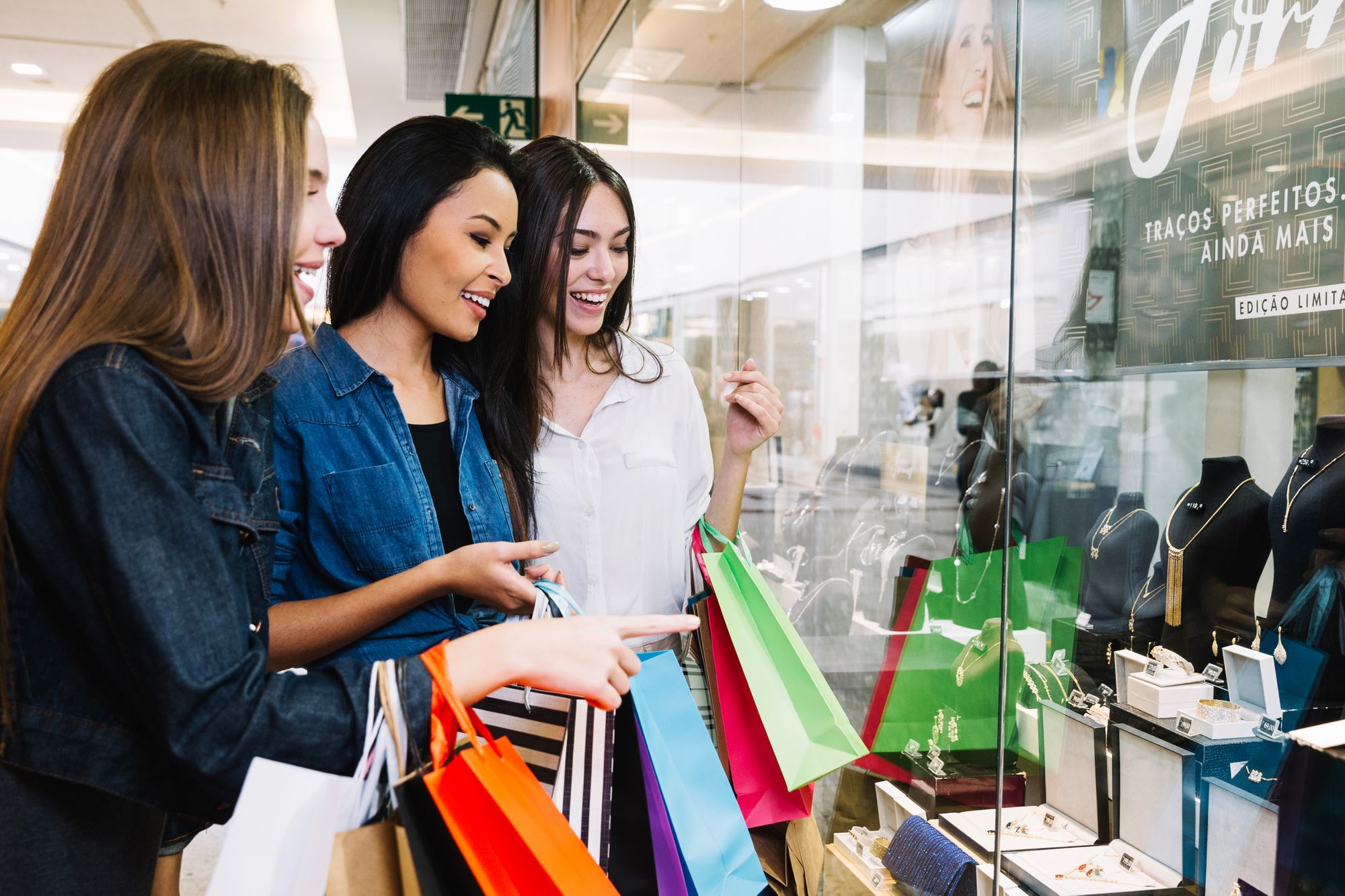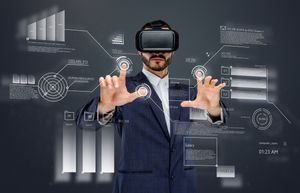I still remember how much as a child I enjoyed the experience of going to a nearby retail store. The mere sight of a shopping complex, with people walking in and out of it with an armful of shopping bags, was enough to give me a thrill. During those days, markets were a crowded affair; nooks and corners stayed packed with busy shops and lively teens. However, as of today, the same streets that once were known to be the hub of all things commerce, have grown quite vacant.
What people find hard to understand is how physical stores, which once served as the lifeline of a city, suddenly lost all their allure and charm?
That is an interesting question to ask, esp. because shopping malls were rather built with the idea of giving consumers an exquisite shopping experience that keeps them coming back for more.
The two major reasons behind the retail apocalypse had been,
1) The rapid growth of online shopping.
2) The change in consumers’ buying behavior patterns.
I am not saying that the retail business has completely died. All I am saying is that over the years, the competition for retailers has quadrupled. With the rise of online shopping giants like Amazon and Target, you can now shop anytime anywhere simply with a click of the mouse. And therefore, if the modern-day-retailers wish to stay at the top of their marketing game, they need to do a lot of catching up.
Here are the three major retail trends to look out for in 2019:
1. Sell Memorable Experiences alongside Quality Products
Most of the sellers believe that they can lure in more customers simply by making high-end products available to them. However, what they often tend to forget is that gone are the days when people dropped their jaws and went on a shopping spree at the mere sight of the word SALE.
These days, consumers look beyond products. They want a story and an experience to share among friends over a good drink.
Take the case of Starbucks for example.
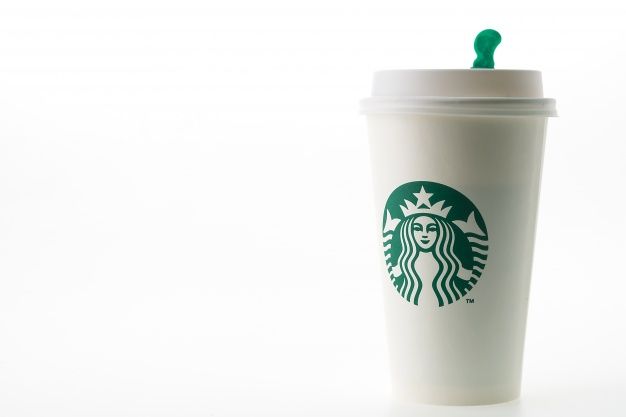
Why are people ready to shell out 5 dollars for a cup of coffee at Starbucks when they can easily buy the same for a dollar at any other coffee house?
If you thought, it is only because Starbucks had been selling a finer range of coffee compared to its competitors, you were wrong!
As of today, Starbucks is the most successful coffee company in the world because of the luxurious experience it provides, which melts its consumers' hearts and keeps them hooked to their coffee, much like a cash invoice receipt template helps businesses maintain smooth and professional transactions.
However, with the explosion of the internet, consumers are flooded with different varieties of the same product and as a reason, they tend to lose interest pretty quickly. The idea of too much too easily distracts them from what is available at hand, and yet, this is where you need to buck up your marketing skills and find a way to pin and keep them engaged.
The simple question is,
What is the retail experience that I have been talking about all along?
Before you sit down to think about creating a larger than life experience for your consumers, here are the three things you should be minding to revamp your retail marketing strategy and grow your offline retail business huge,
a. Do not Hire Salespeople but Experts-Befriend them
It is good to install cool technologies in and around the store to guide and impress your consumers, however, never underestimate the importance of salespeople, who make the first line of your consumer-guide. These are the people who interact with the consumers first-hand and therefore, give them the freedom to be creative while welcoming and conversing with customers.
b. Hands on Fun
Do you know why Hamleys is famous among kids and adults alike? It is not only because they sell amazingly creative toys but also because they let everyone interact and play with, and experience, their products.
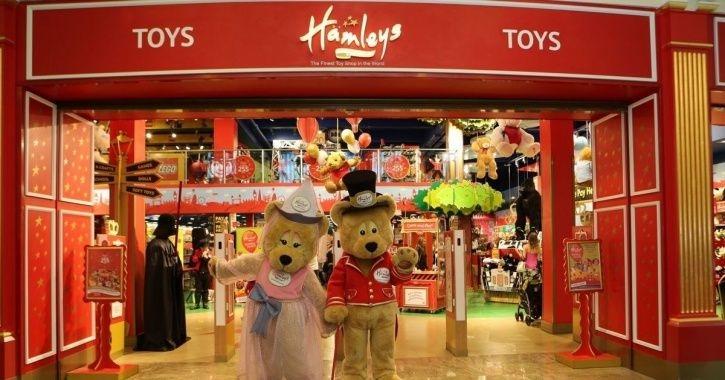
They transform the entire toy-store into a play arena, where everyone has the freedom to go wild and play with their choicest toys. This is how consumers form memories and emotions with a place. That is what we call a good experience!
c. Checkout Lines
People hate to stand in long queues at the checkout. According to research done by Irisys “Americans will abandon a checkout line and leave a store without making a purchase after eight minutes of waiting in a checkout line. British shoppers won’t even wait around that long. They’ll walk out after just six minutes.”
These are just a handful of ways to improve consumers’ experience with your product, at your store. You can experiment in a lot of different manners to make the entire experience more personalized and comfortable.
2. Leverage the Power of the Internet to Sell Faster and Sell More
Nowadays, companies are making smarter products, driven by artificial intelligence, to make consumers happier and better equipped. From Home speakers to TVs, to cars, to refrigerator, brands are learning to integrate the undeniable power of the internet with their products, to efficiently bridge the buyer-seller gap. These products not only keep consumers updated on their product usage but also help sellers keep a track on consumers, as to pitch them with the right choices at the right stage of their marketing funnel.
Since 2015, Amazon had been selling a product called Dash Buttons. These are physical pieces of hardware consumers engage with in order to buy day to day things such as bread, eggs, detergent, etc. As of now, Amazon has collaborated with 200 brands that let you buy their products through Dash Buttons.
Another brilliant example of a Brand leveraging its sales using the power of technology is Macy's.
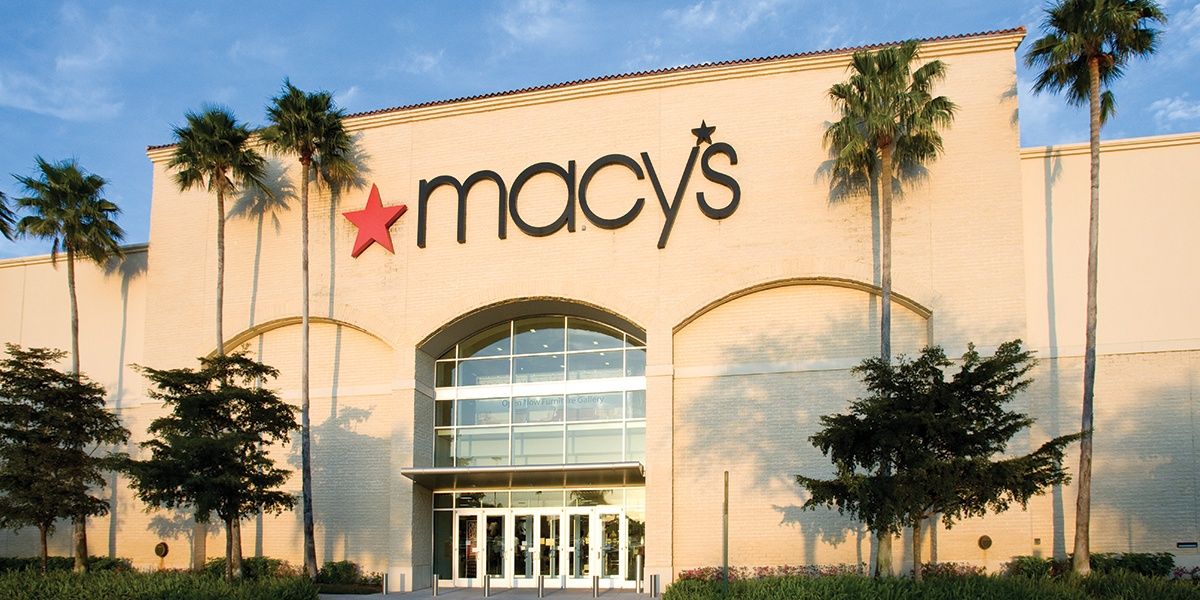
Macy's notifies its consumers about their latest offers and promos on Macy's’ app every time a consumer passes by one of their stores, thereby enticing them into entering the stores and buying to their heart's content. Using smart devices such as beacons, NFC tags and branded QR codes with logos enable brands like Macy’s to create memorable customer experiences that, in turn, improve brand loyalty and enhance growth.
According to Gartner, consumers by 2020 will have over twice as many smart devices with them as they have presently. And so, it is but in everyone’s best interest to use technology to leverage growth.
3. Facebook Messenger for Building Communication
According to Facebook Business, Messenger has 1.3 billion users sending 8 billion messages between businesses and people every month. Facebook is the most accepted and celebrated channel to reach out, and interact and bargain with consumers. Also, consumers find it easy to research on and purchase retail merchandise through Facebook messenger. Not to mention that 53% of consumers shop directly on Facebook as they find connecting over Facebook easier and more convenient.
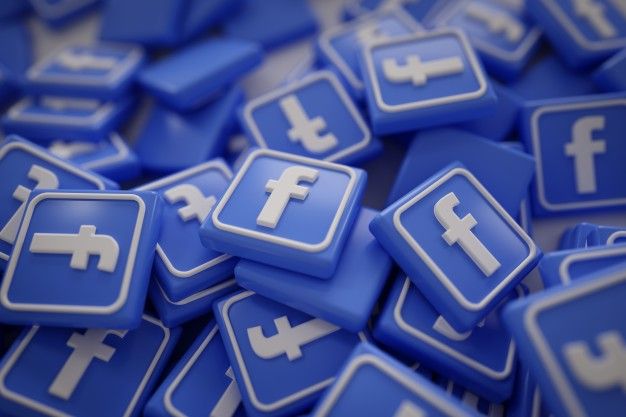
As facts clearly show that Facebook is a very important platform for retailers, in order to make use of every opportunity, retailers should set up bots on their pages to handle moderately sophisticated interactions, such as the basic introductory and product discovery conversations. In case you want to give your buyers a better experience, you can even install bots that could send customers abandoned cart messages, allowing them to place orders directly in the app.
Wrapping up
The retail industry is big and growing and therefore, it is very important for retail businesses around the world to keep themselves updated and equipped with the latest retail marketing trends.
A good thought to think over before you leave,
I've learned that people will forget what you said, people will forget what you did, but people will never forget how you made them feel. -- Maya Angelou


 Free Screen Recorder for Chrome
Free Screen Recorder for Chrome





